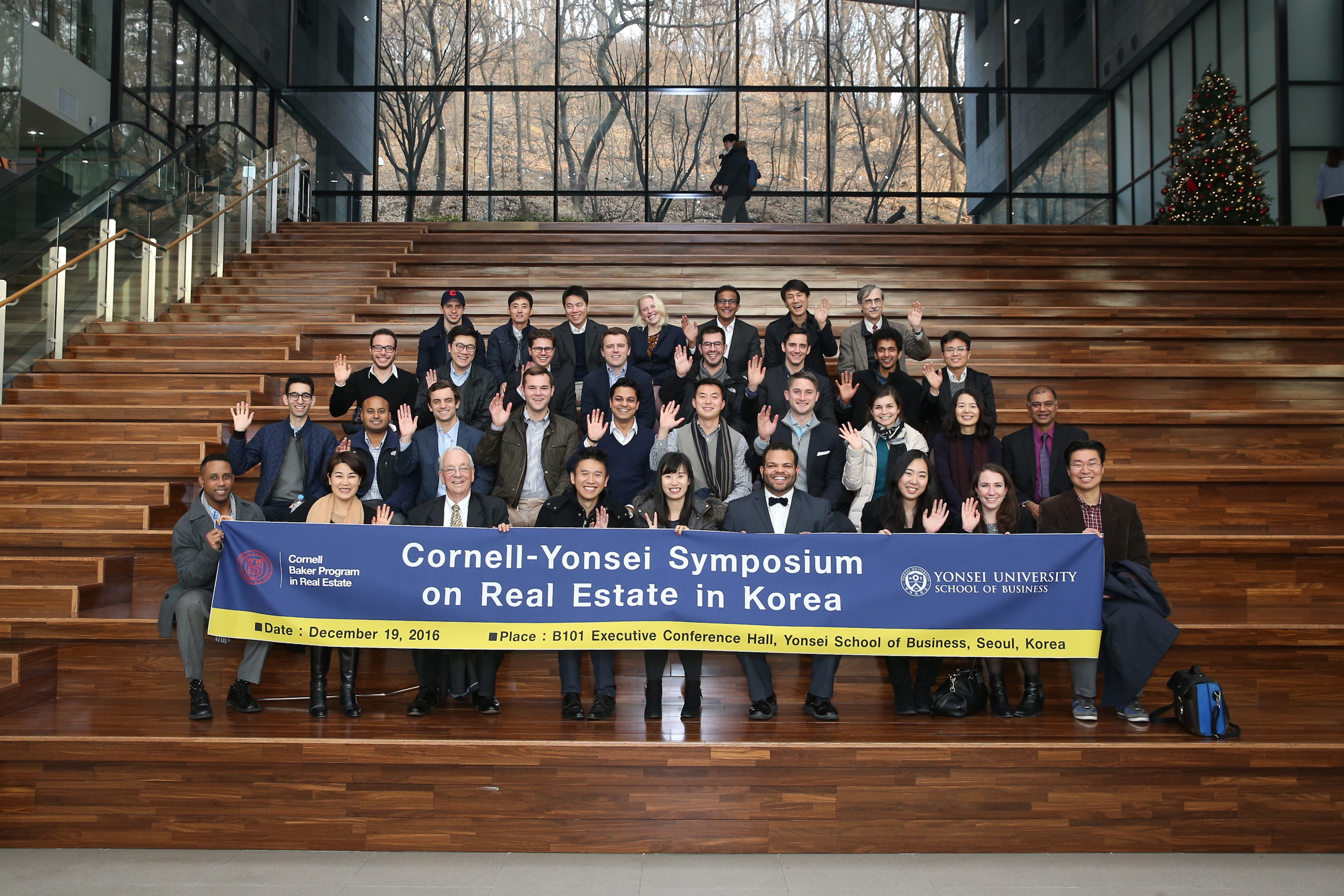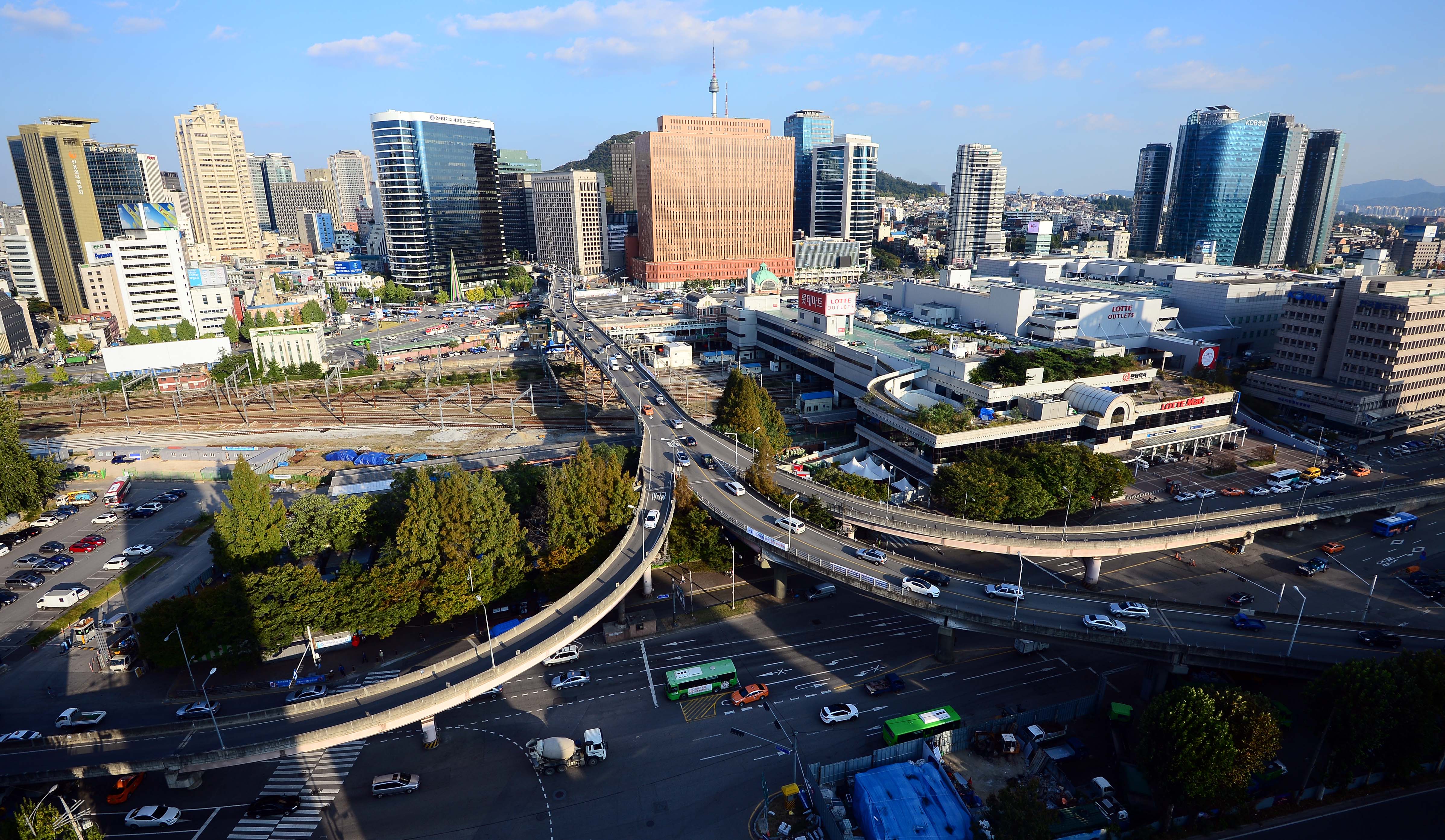
On December 19-22, 2016, Second-Year Baker students visited Seoul, South Korea to participate in the program’s inaugural intercontinental real estate trek. Having completed an exciting, revised curriculum that highlights the importance of the global economy in real estate, the trip enabled student’s knowledge to come full circle. This article highlights the first official day of the trip, and is the first in a three part series.
On the evening of December 18, 2016, Baker students were hosted by the Alumni Association of the Baker Program in Real Estate – Seoul, South Korea Chapter at Spark Plus Yeoksam. The keynote speakers from the alumni organization included Chaewook Im ‘05, Executive VP of Genstar, and Sungmok Ryu ’01, CEO of Hwasung ENC, who both spoke of their fondness for the program’s history and future. They reminisced of their time with the previous Program Director, Brad Olson, whose inspiring remarks followed. Brad spoke of the genuine relationships he developed with the Korean alums, and his desire to solidify the connection between Ithaca and Seoul in the future.
The Seoul Metropolitan Area has three distinct business districts. These are known as the Central Business District (CBD), Yeouido Business District (YBD), and Gangnam Business District (GBD). Around 70% of all Class A office buildings in Seoul are in these three areas. On the first day, students toured the CBD, consisting of Seoul’s City Hall, the D-Tower (Gwanghwamun Area), and Mirae Asset Global Investments, and in the evening attended the Cornell-Yonsei Symposium.
City Hall
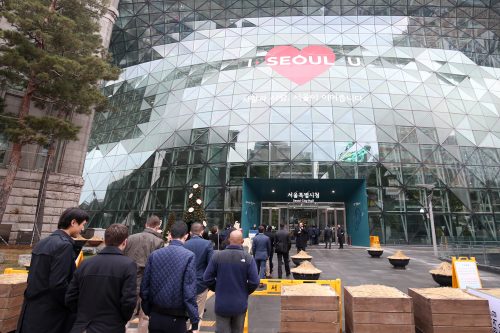
To understand most capital cities and urban areas, starting at a City Hall provides requisite knowledge of its planning, function, and vision. Baker students initiated their trek by meeting with Seoul’s senior city officials. At the lowest levels of Seoul City Hall, students were able to peer into the communication, monitoring, and vision of city planning for Korea’s largest urbanized area. By deeply integrating technology, Seoul has developed a central system that not only provides clear communication between the police and military in case of a terrorism incident or encroachment from the north, but that also:
- Controls Traffic
- Monitors Public Transit
- Tracks heights of water through canals in the city
With the Baker students’ diverse array of education backgrounds and expertise, the Masters candidates pursuing dual degrees in City and Regional Planning had poignant comments and perspectives of Seoul’s burgeoning urban area. Caitlin Elliott (Dual Baker/CRP ’17) was “blown away by their public transit system – definitely a dream for any planner. Their use of technology to create an integrated system is something to admire. It is incredibly efficient and has removed a lot of unnecessary work for the city (i.e. meter maids being replaced by the smart technology cameras on the fronts of buses catching illegally parked cars).”
Interestingly, these technologies allow parents to track children on their way home from school, and the Minister in charge of the execution of the system noted to many laughs that both he and his wife track each other with the technology. Not surprisingly, some unmarried students from the Baker Program were not to keen with this capability being installed in the United States or their respective home countries.
Throughout the trip, students were able to see how the management of traffic has come to fruition. Whitney St. Charles (Dual Baker/CRP ’18) noted there “was terrible traffic like in San Francisco (witnessed during last year’s domestic trek), but people weren’t losing their minds in frustration. It was almost like a choreographed dance to see how traffic moved to and fro.”
Rising from the depths of City Hall, Baker Program candidates traveled to the upper floors of City Hall to learn and discuss housing policy for Seoul and South Korea as a whole. Although the country experienced the effects of the world coming to their aid in the 1950s to fight against the spread of communism, South Korea did not receive the scale of international aid like more recent countries ravaged by war, namely Iraq.
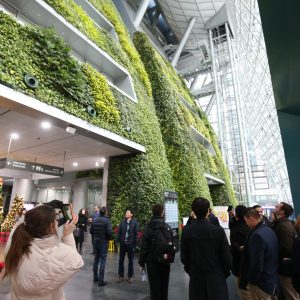 As South Korea moved forward always aware of the dangers across the Demilitarized Zone (DMZ) to the north, the senior officials of the government brought forth a planned city vision for Seoul. Through the aid received, the country established an organization to provide sustainable housing supply (this is seen further in the discussion of Songdo in Part 3). The country looked to remove the previous “shantytowns” for more urban focused cities and sectors. The Gangnam District, where Sye whom coined the song Gangnam Style, represents this redevelopment focus.
As South Korea moved forward always aware of the dangers across the Demilitarized Zone (DMZ) to the north, the senior officials of the government brought forth a planned city vision for Seoul. Through the aid received, the country established an organization to provide sustainable housing supply (this is seen further in the discussion of Songdo in Part 3). The country looked to remove the previous “shantytowns” for more urban focused cities and sectors. The Gangnam District, where Sye whom coined the song Gangnam Style, represents this redevelopment focus.
With many Western influences throughout Seoul, the central government looks to provide eight types of housing, targeting reaching 10% of the population through public housing. Their focus means producing small housing in mass production, not large housing units. This solution to publicly funded housing looks to overcome the problem of class incongruity. Within these housing projects, the influence of Le Corbusier is evident.
Caitlin Elliott mentioned this theme as she noted that “it’s pretty interesting how they do housing – it’s very much the Corbusian ‘tower in the park’ model, and it has become so socially acceptable to live in high rise towers and works much better in Seoul than I think it ever will in America. In my opinion, I would prefer more of a mix of densities and uses versus tower after tower – I think diversity is what makes a place interesting and attractive.” Interestingly, this theme to maintain consistent densities was prevalent throughout the remaining tour.
D-Tower
Proceeding to the Gwanghwanun Area of the CBD, the Masters candidates received a tour of the D-Tower from a local broker with Cushman & Wakefield. Being one of four major office towers in Seoul, the mixed-use space contains restaurants on 1st – 5th floors and office on the superior floors, satisfying joint needs in the market. Although the theme for the trek consisted of understanding that the office supply market is over-saturated, the developers have focused on providing the necessary speculative space for IT organizations hopefully returning to the area.
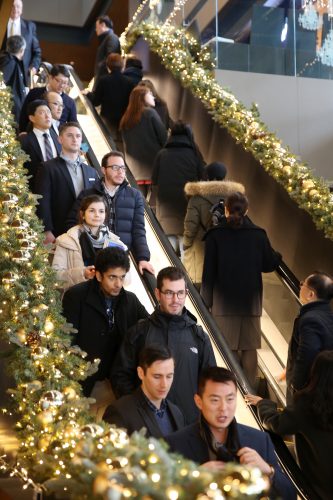
The Masters candidates considered the development from many different viewpoints. Interestingly, Sameer Godiwala (Dual M.P.S./MBA) drew pleasure in “seeing how the developers carefully constructed the varying uses, while painstakingly making sure the uses and overall aesthetic blended in with the surroundings. The developers very thoughtfully cultivated a savory restaurant scene in the first few floors proving the mantra ‘location location location’.”
Further, the building, owned by Thirteen Group, overcomes the apparent office demand constraint by targeting food and beverage within the retail portion of the development. With three terrace floors of simulated open air dining, the development increased its value through unique design (a lobby on B2 and escalator down to it) and popular restaurants on the 5th floor, patrons get to experience all that the building has to offer. Having self-sustainable retail enables the mixed-use construction to move past the constrained demand office market driver.
Mirae Asset Global Investments
“It was great to hear about institutional investment from an international perspective, especially because Mirae is active in so many markets all around the world.” – Morgan Zollinger ‘17
Following lunch at Top Cloud at the G-Tower, students gained understanding of South Korea’s global investment influence at the offices of Mirae Asset Global Investments. Having over $100 Billion under management, Mirae currently has a real estate value allocation of $11.6 Billion, with $6.2 Billion consisting of private equity. Founded in 1997, the organization focused on emerging markets from 2006-2012, taking advantage of depressed real estate values brought on by the global financial crisis.
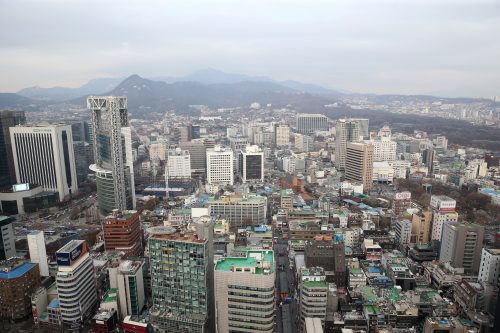 Scott Guo (Dual M.P.S./MBA) perspective reflected his investment background noticing how “Mirae gave a direct look at how Korean institutional investors thought about commercial real estate in the context of a global economy. It was exciting to see that although the real estate team at Mirae commanded expertise in the market of their own backyard in Seoul, they had equal appetite to grow their multibillion-dollar portfolio overseas. As a future real estate professional in America, getting to know the folks at Mirae provided an unparalleled opportunity to understand business from the Korean LP perspective.”
Scott Guo (Dual M.P.S./MBA) perspective reflected his investment background noticing how “Mirae gave a direct look at how Korean institutional investors thought about commercial real estate in the context of a global economy. It was exciting to see that although the real estate team at Mirae commanded expertise in the market of their own backyard in Seoul, they had equal appetite to grow their multibillion-dollar portfolio overseas. As a future real estate professional in America, getting to know the folks at Mirae provided an unparalleled opportunity to understand business from the Korean LP perspective.”
Targeting both a five-year holding period and capital stacks consisting of 50-60% leverage, Mirae was the first organization to set up a dedicated real estate fund in Korea. Currently, they are looking to both diversify their cash flow durations and maximize the potential of Chinese tourism throughout the Asia Pacific region by acquiring hotels. Interestingly, the land upon which Mirae’s current location stands is located on the former site of a palace, at the exact spot where currency and business occurred during the historic Korean monarchy. This extended history of investment has provided good fortune toward Mirae’s continued success.
Cornell-Yonsei Symposium
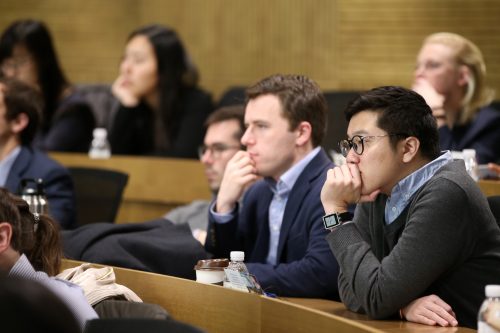
Finally, the day ended with students participating in a symposium hosted by Yonsei University. Here they learned that Seoul’s population represents 20% of South Korea’s total population count, and confirming Seoul’s significance to the country. During the symposium the Masters candidates received presentations from Chaewook Im, Richard Lee, and Taejong Kim, Senior Manager of GS E&C. The main considerations from the speakers encompassed the need to discover solutions to overcome the elevated vacancy rates in the office sector of Seoul, the hospitality sector focusing on Chinese tourists, particularly gaming tourists, and the Korea’s changing age demographic. Of the topics, Korea’s aging population represents the similarities with the United States. Korea based on their culture of respecting the older generations, has chosen to make a concerted effort to develop not just assisted but full residential housing that provides the elder population with the ability to transition from elderly housing communities to full care as they age.
